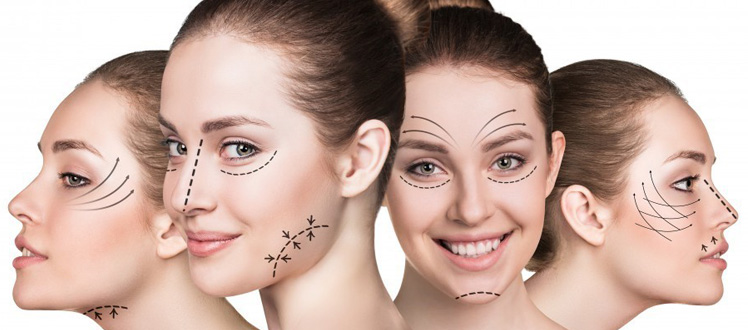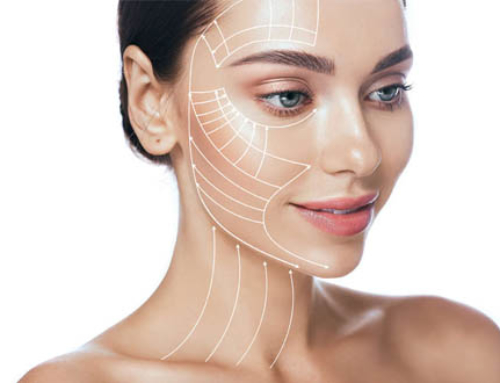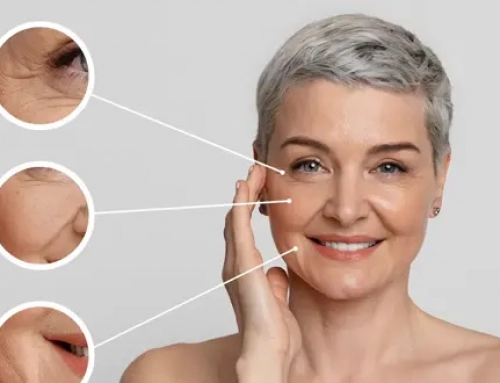Facial surgery has evolved a lot over the past few years. There are multiple lifting techniques and procedures designed to alter areas of the face independently in order to preserve the unique appearance of the patient.

Facial surgery options
Eyelid lift, or blepharoplasty
Fatigue, stress, lack of sleep and skin laxity in the eyelid areas contribute to a tired appearance of the eyes. The eyelid lift procedure is an excellent option to rejuvenate the eyes area without the need for an invasive operation. Blepharoplasty still requires a thorough examination from the surgeon since there is no standard procedure : facial morphology has to be taken into account for a tailored surgery. Rejuvenating the eyes area with this surgery often have a significant impact on the whole face. Addressing aging signs in the eyelids is an important part of facial rejuvenation, which is why blepharoplasty is often performed in combination with a face lift for more comprehensive results.
Face and neck lift
This lifting technique is the most suited approach to alleviate aging signs in both areas. The procedure addresses skin and muscle laxity (from temples to jowls) to offer long lasting results. Aging signs often appear at the same time in the face and neck and treating only one of these regions would result in an obvious discrepancy. The face and neck lift results in a homogeneous rejuvenation from the lower third of the face (where aging signs are more noticeable and where sagging skin and fat accumulate) to the neck.
Rhinoplasty
Rhinoplasty aims at correcting nose defects. Nose surgery is one of the most requested cosmetic surgeries in the world, which is probably due to the central position of the nose within the face. Whether the procedure aims at improving the appearance of crooked noses, overly large noses or at removing nasal humps, the result always has to be in harmony with the face. Again, a thorough examination and photos are essential to customize the procedure according to facial morphology and patient’s expectations.






Laisser un commentaire